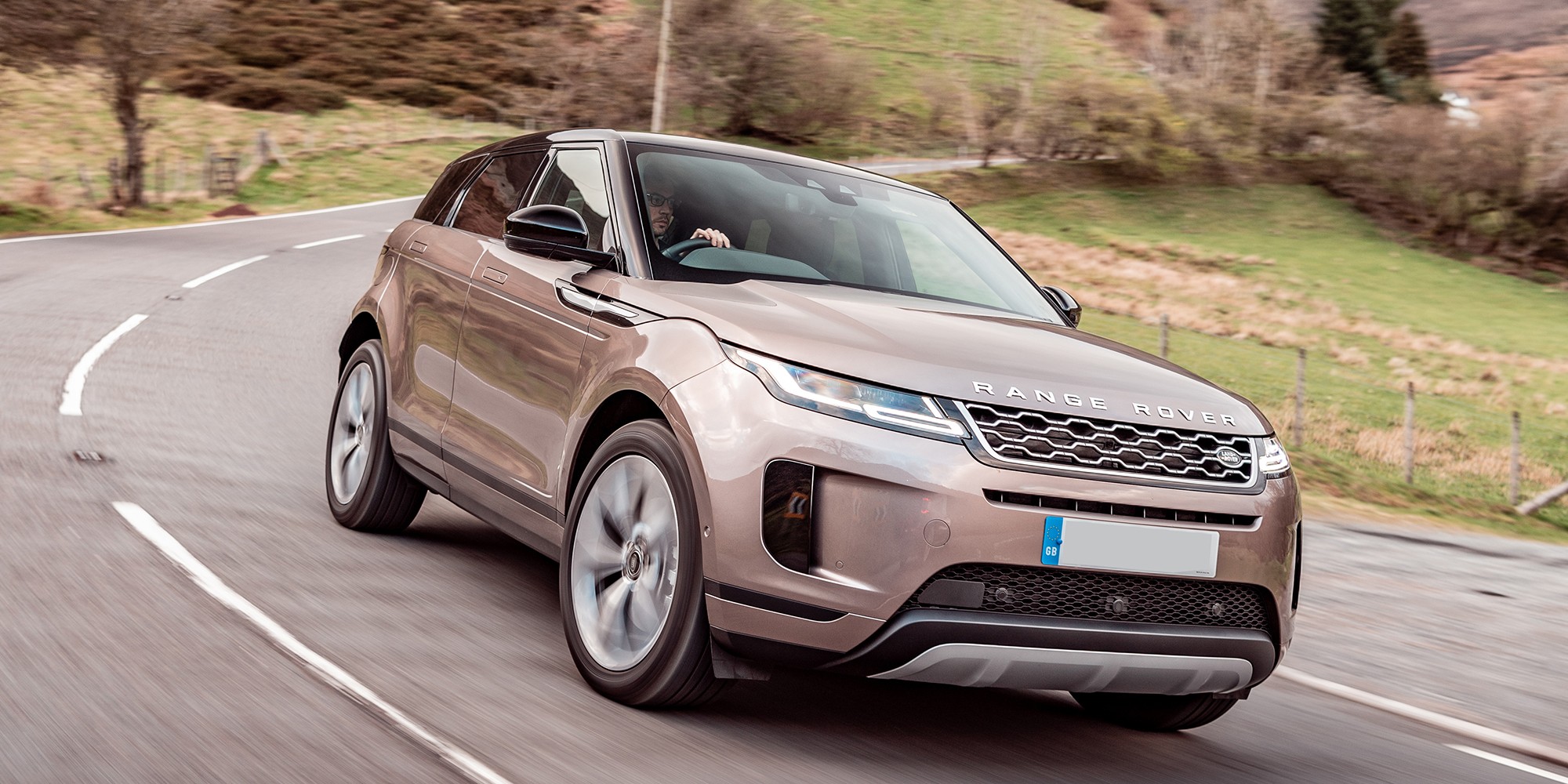Turbochargers have become increasingly prevalent in modern cars, but what exactly do they do? To understand their popularity, it’s essential to delve into their function and benefits. For many years, naturally aspirated engines were the standard, but the automotive landscape has shifted, with turbocharging now a mainstream technology.
Diesel engines have long been associated with turbochargers due to their inherent design advantages. Their simpler air-fuel mixing systems and robust engine blocks are well-suited to handle the intense pressures generated by turbos. However, advancements in metallurgy over the past decade and a half have revolutionized petrol engines. Manufacturers have mastered techniques to construct lightweight yet durable alloy petrol engine blocks capable of withstanding the high pressures of turbocharging. This innovation has moved away from the heavier iron or steel blocks traditionally used in earlier petrol turbo engines. The advantage of a lighter engine block is a lighter overall vehicle, leading to improved fuel efficiency.
This progress has paved the way for engines like Ford’s remarkable 1.0-litre, 3-cylinder EcoBoost. This small turbocharged engine can deliver more power than Ford’s older 1.6-litre, 4-cylinder naturally aspirated petrol engine, all while achieving better fuel economy and reduced emissions.
The Advantages of a Turbocharger
Beyond just boosting power, turbochargers significantly enhance torque, which is an engine’s pulling strength. This is especially beneficial at lower engine speeds (revs). Small petrol engines, in particular, often lack substantial torque at lower revs without turbocharging. In contrast, naturally aspirated diesel engines are known for producing strong torque at low revs. Adding a turbocharger to a diesel engine amplifies this characteristic, resulting in the powerful feeling you experience when accelerating in a turbo diesel, even at higher gears and moderate speeds.
Turbochargers also contribute to quieter exhaust systems. They effectively reduce the volume of exhaust gases exiting the engine, leading to a less noisy exhaust compared to non-turbocharged cars. You might, however, hear a distinctive ‘chuff’ sound when you release the accelerator pedal. This sound comes from the ‘wastegate,’ which releases excess pressure from the turbo when it’s not needed, preventing overboost.
The Drawbacks of Turbocharging
A common term associated with turbochargers is ‘turbo lag.’ This refers to the slight delay between pressing the accelerator and feeling the turbo’s power kick in. It’s a consequence of the time it takes for exhaust gases to reach the turbocharger and spin the turbine to the required speed. Larger turbochargers can sometimes exaggerate this effect, as their larger turbine blades take longer to reach optimal speed.
Modern turbocharger technology has made significant strides in minimizing turbo lag. Some engines employ multiple turbochargers, often two or more of varying sizes, which operate sequentially at different engine speeds to provide more immediate boost. Additionally, car manufacturers have developed electric motors to pre-spin the turbine even before exhaust gases arrive, further reducing lag. While some degree of turbo lag is almost inherent, many contemporary engines have reduced it to the point where it’s practically imperceptible.
Another consideration is that turbochargers add complexity to an engine. They are an additional component that can potentially fail. While not inherently unreliable, turbocharger issues can occur in some engines more than others. Signs of turbocharger problems can include thick, white exhaust smoke and a noticeable loss of engine power. Neglect, misuse, and high mileage are often contributing factors to turbocharger failures. However, with proper maintenance and regular servicing, a turbocharger should provide reliable performance throughout the vehicle’s lifespan.
Turbocharger vs. Supercharger: Understanding the Difference
Superchargers are another type of forced induction system that, like turbochargers, increase engine power by forcing more air into the cylinders. However, the key difference lies in how they are powered. Superchargers are mechanically driven, connected directly to the engine via a belt or chain. This direct connection means superchargers offer instant boost with no lag and tend to produce more low-end torque. They also often generate a distinctive and appealing whine. However, because they are powered by the engine itself, they draw power from the engine to operate, making them less fuel-efficient than turbochargers, which utilize otherwise wasted exhaust gases.
